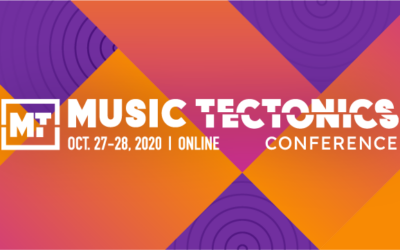This past week I finished reading the very interesting book, How Google Tests Software. I first heard about this book from an IT-Conversations interview with one of its co-authors, James Whittaker. The interview provides a good overview of many of the key points made in the book, but I still found it worthwhile to read the book.
The book itself is not a how-to book, providing concrete steps on how to test software. Instead the focus is at a higher level with much of the book devoted to describing the different testing roles within the company. There were three particular themes that jumped out at me from both the interview and the book itself.
Scale
The amount of effort Google devotes to testing/quality is very impressive. The infrastructure they have set up for automated builds, automated regression testing, latency testing, code reviews and user feedback makes one’s head swim. It’s hard to imagine how such a web of software can function when you combine the complexity of these tools along with the complexity of their products. At the same time, it’s easy to see how the complexity of their products would never have been achieved without the testing tools they’ve developed.
Pragmatism
Google seems to be very pragmatic when it comes to testing. If a certain set of automated tests are hard to maintain they get rid of them. If a certain feature is not high risk or not high impact, don’t even worry about testing it (or better yet just eliminate the feature). Instead of writing test plans that become dated the minute they’re finished, Google focuses on the ACC (Attributes, Components, Capabilities) model. These three areas describe a software application in the following way
- Attributes: These are the adjectives of the system, usually sales and marketing oriented (e.g. fast, secure, stable).
- Components: These are the nouns of the system (e.g. shopping cart, printing/formatting feature).
- Capabilities: These are the verbs of the system (e.g. add item to shopping cart, calculate shipping cost).
Test cases should then map back to at least one item from each list to ensure the main functionality of the application is being tested and no effort is wasted.
Another interesting point is that Google purposely keeps their test staff numbers low to make sure testing effort is prioritized. Minimizing test staff also forces developers to be involved with testing throughout the life of the project, especially in the early phases when it’s easier to build up test infrastructure.
Future of Testing
Finally, the authors have a pretty grand vision for software testing in the future (at least for commercial applications). The traditional test role will disappear and will be replaced by developer testing and automated testing. Instead of relying on manual testers, software teams will rely on internal dogfooders along with crowd sourced beta users/early adopters. The traditional testing role will transform into one in which the “tester” develops test tools, develops user feedback tools, and handles user bug report submissions. It’s a grand vision, one which I think a company with the size and scale of Google could achieve. I have a hard time envisioning this process working for smaller companies. After all, not every company has 20,000 dogfooders available to test Google Chrome. But as testing tools improve and more OSS becomes available in this area, it seems like the trend will move that way.
As someone who has struggled to integrate TDD into my daily workflow, I found this book really motivating. It was encouraging to see a pragmatic attitude as something I can adopt and not let the perfect be the enemy of the good. Isolating a section of code for which tests will be easy to maintain and will help mitigate a high-risk area of the application can be a worthwhile starting point instead of worrying about 100% test coverage.


